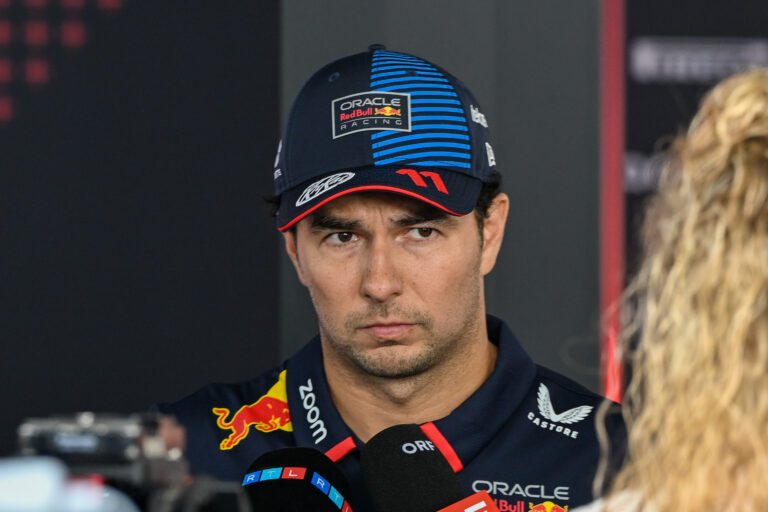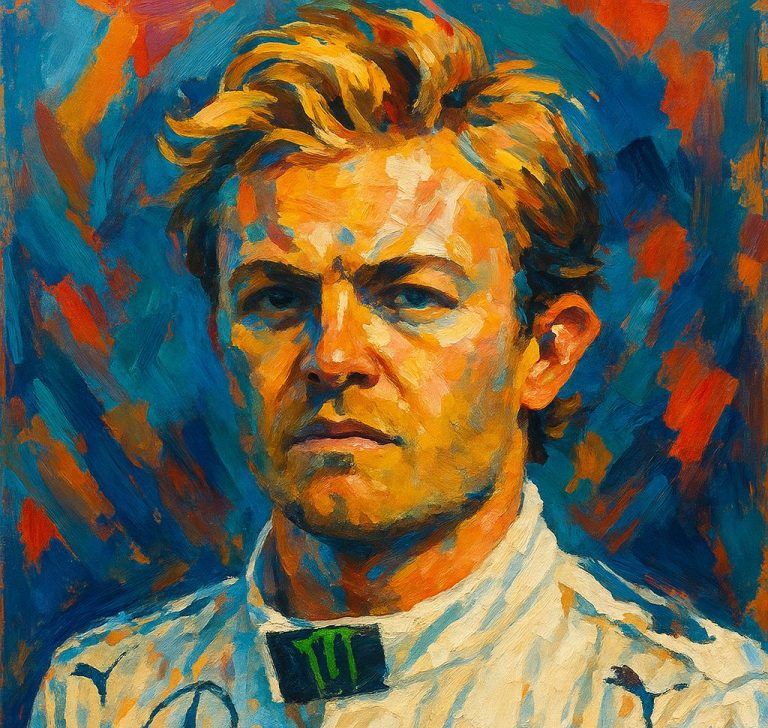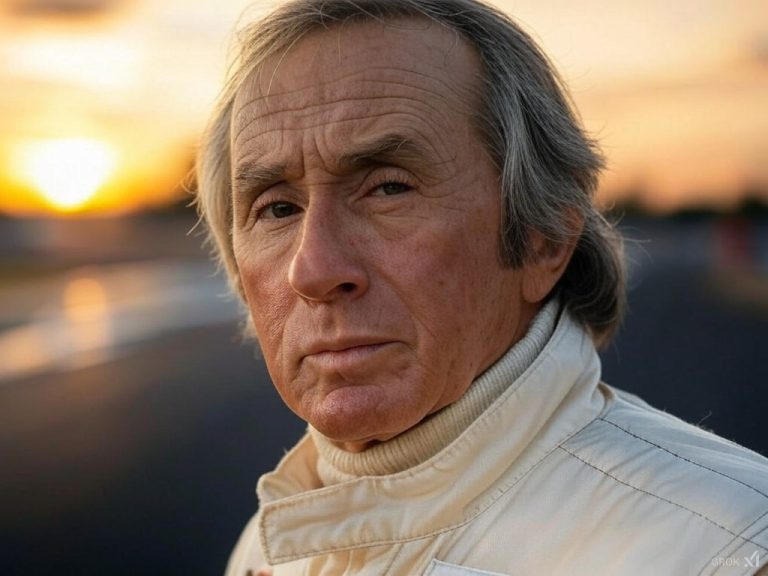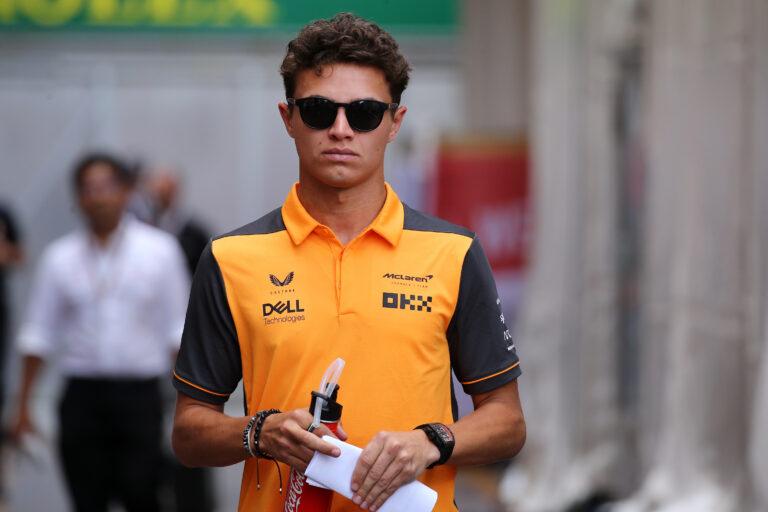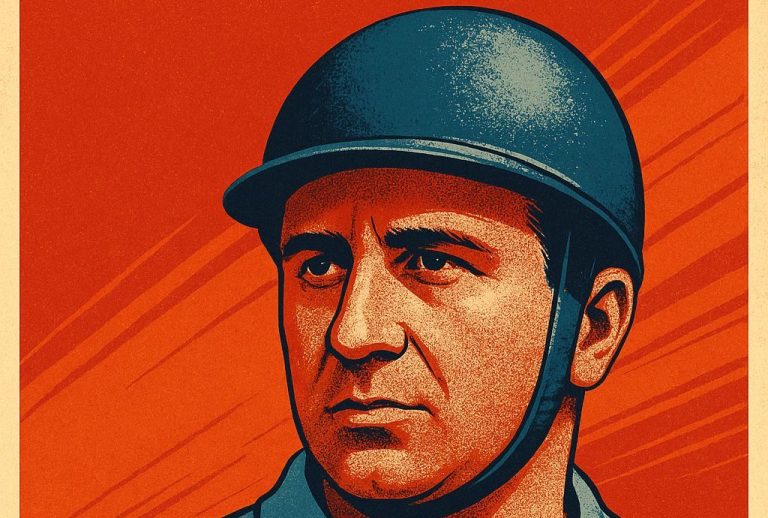Legends of Formula 1 Nino Farina
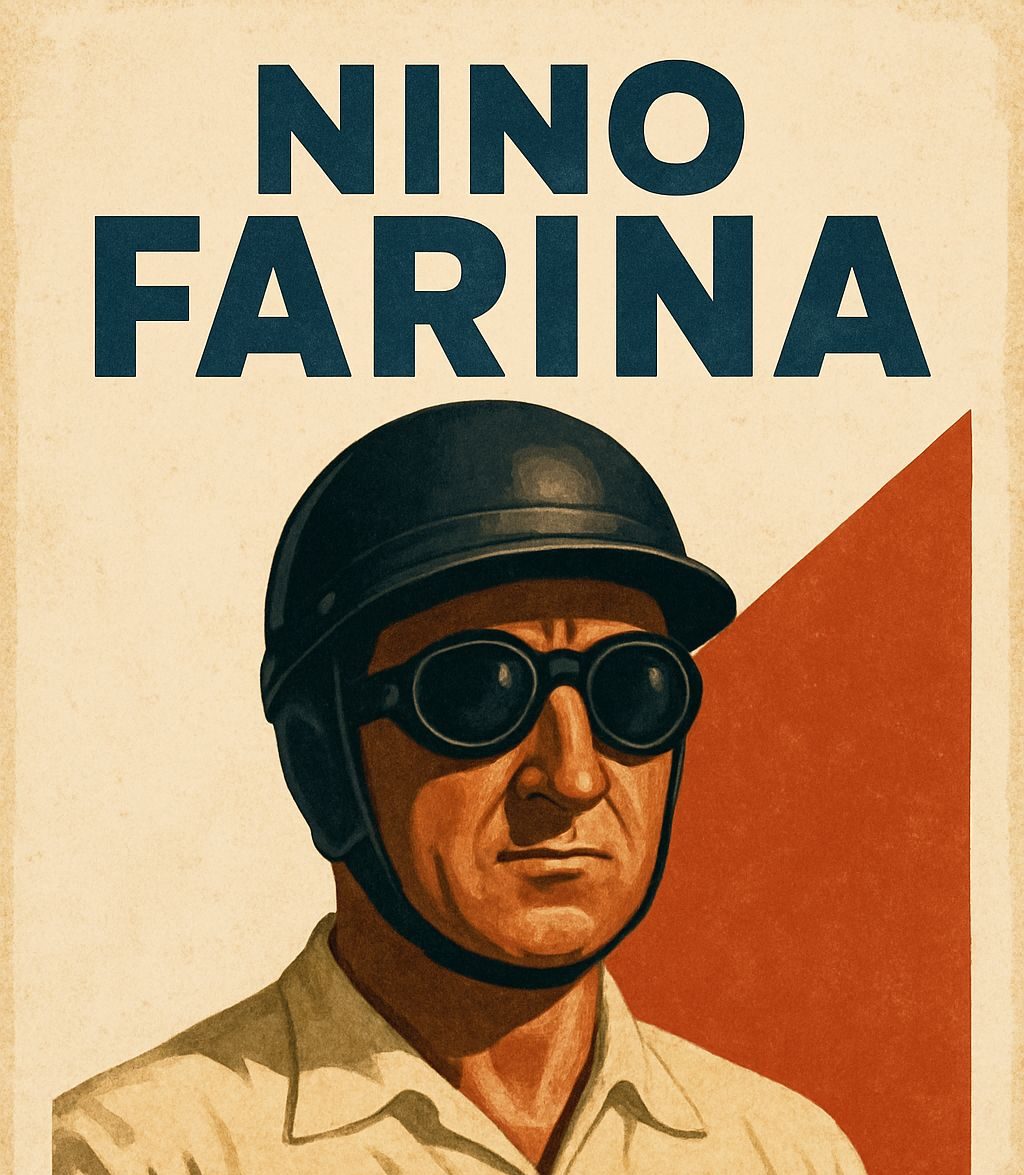
Origins & Early Life
Emilio Giuseppe Farina — better known as Nino Farina — was born on October 30, 1906, in Turin, Italy, into a family already steeped in automotive culture. His father owned a successful coachbuilding business, Stabilimenti Farina, and his uncle was the famed Battista “Pinin” Farina, the founder of the legendary design firm Pininfarina. Cars were more than a passion in the Farina household — they were a way of life.
Farina earned a doctorate in political science from the University of Turin, earning him the moniker “Dr. Farina” throughout his racing career. Despite his academic background, it was clear from a young age that Nino was destined for speed. By his early twenties, he had already begun racing, quickly earning a reputation for being daring, fast — and often, dangerously aggressive.
Nino Farina’s The Road to Formula 1
Long before Formula 1 had a name, Farina was already a star. He started racing in the late 1920s and caught the eye of the motorsport establishment after a string of impressive drives in Alfa Romeos and Maseratis during the 1930s. He raced for Italy’s leading manufacturers and even drove for Enzo Ferrari’s pre-Ferrari racing team, Scuderia Ferrari, which at the time ran Alfa Romeo entries.
Farina’s career was interrupted by World War II, but he returned to racing in the postwar period with the same relentless determination. Known for his smooth, upright driving style — with arms straight and composed — Farina brought an air of discipline and elegance to an otherwise brutal sport. His style was studied by many, including a young Juan Manuel Fangio.
Formula 1 Career
NINO FARINA WINSSSS!!! 🏆🇮🇹
— Formula 1 (@F1) May 13, 2025
He becomes the first Formula 1 race winner with a superb Silverstone display! 👏#F1 #BritishGP pic.twitter.com/thIz7fE2y6
When the Formula One World Championship was officially inaugurated in 1950, Farina was already a seasoned veteran at 43 years old. Driving for Alfa Romeo alongside Luigi Fagioli and the talented newcomer Fangio, Farina made history by winning the first-ever Formula 1 World Championship.
1950: The First World Champion
In a season that featured just seven races, Farina won three — at Silverstone, Bremgarten (Switzerland), and Monza — and sealed the title by beating Fangio and Fagioli to the championship by just three points. His win at Silverstone on May 13, 1950, is etched in motorsport history as the first Formula 1 Grand Prix victory.
Farina’s blend of speed and calculated driving made him a worthy champion, though his relationship with teammates was often tense. While Fangio was more technically gifted and instinctive, Farina relied on discipline, intellect, and sheer willpower.
1951–1955: In the Shadow of Fangio
Juan Manuel Fangio takes the lead! 👏
— Formula 1 (@F1) May 13, 2025
In a close battle between the Alfa Romeos, the Argentine racer takes over from Luigi Fagioli and Nino Farina#F1 #BritishGP [Lap 16/70] pic.twitter.com/hOSwbsW8Yk
Farina remained with Alfa Romeo in 1951 but was unable to match the rising dominance of Fangio, who won that year’s title. When Alfa withdrew from Formula 1 at the end of 1951, Farina moved to Ferrari — a team he had history with through Enzo Ferrari’s earlier endeavors.
At Ferrari, Farina scored multiple podiums and helped develop the team into a true championship contender. However, injuries, age, and the emergence of younger stars began to take their toll. His final podium came in 1955 at the Argentine Grand Prix, and he retired from racing shortly after due to injuries sustained in a crash later that year.
Career Stats (F1)
- Starts: 33
- Wins: 5
- Podiums: 20
- Poles: 5
- Fastest Laps: 5
- World Championships: 1 (1950)
- Total Points: 127.5
Legacy & Influence
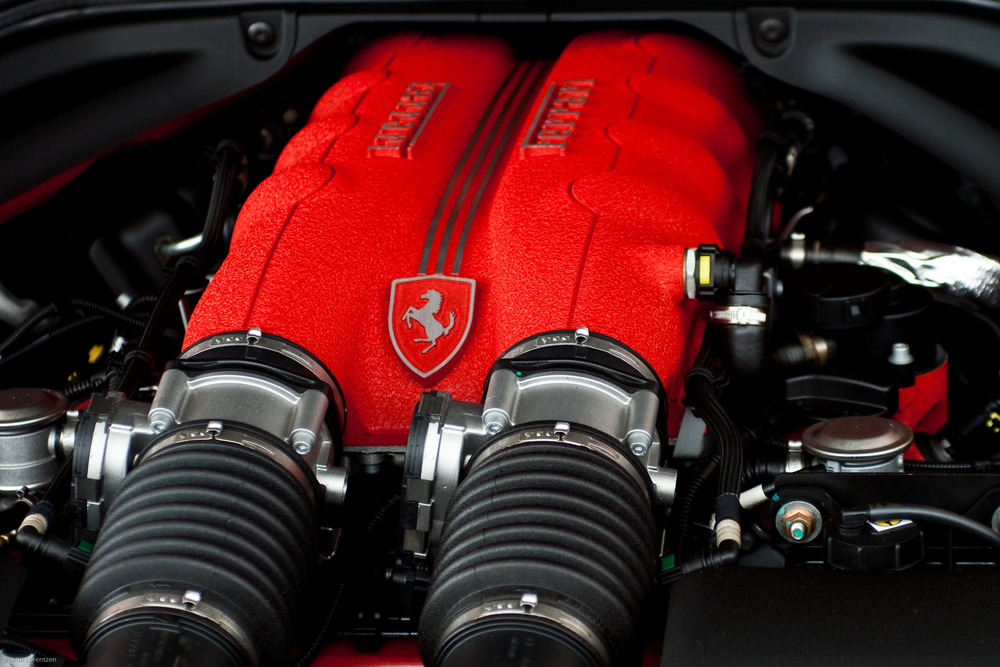
Nino Farina holds the eternal distinction of being Formula 1’s first World Champion — a title no one can ever take away. His racing style, with its focus on technical precision, discipline, and physical poise, helped shape the standard for modern Grand Prix driving. Though he was later overshadowed by the likes of Fangio and Alberto Ascari, his pioneering achievements remain monumental.
Farina was also among the last of a breed of gentleman racers — educated, well-dressed, and fiercely proud of both his Italian heritage and his craft. His academic achievements and engineering knowledge made him a sophisticated figure in a sport still emerging from its chaotic early years.
After retiring from racing, Farina worked as a motorsport advisor and occasionally tested cars, but he never strayed far from the world that had defined him. Sadly, on June 30, 1966, he died in a road accident near Chambéry, France, while en route to the French Grand Prix at Reims. He was 59.
Conclusion
Nino Farina was the original champion of Formula 1 — a trailblazer who laid the foundation for everything the sport would become. Intelligent, bold, and methodical, Farina wasn’t just a driver; he was a symbol of a new era where professionalism would gradually replace amateurism.
Though others may have won more titles or become household names, none will ever be able to say they were the first. For that, Nino Farina’s place among the legends of Formula 1 is forever secured.
For Tickets and Package Deals to the Belgian Grand Prix Please Click Here
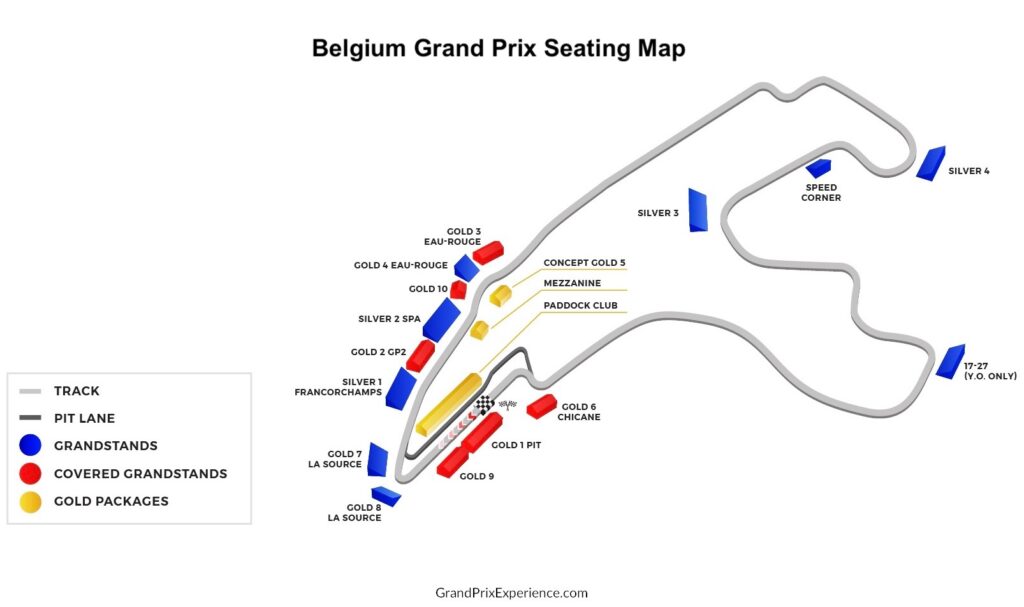
Sources:


